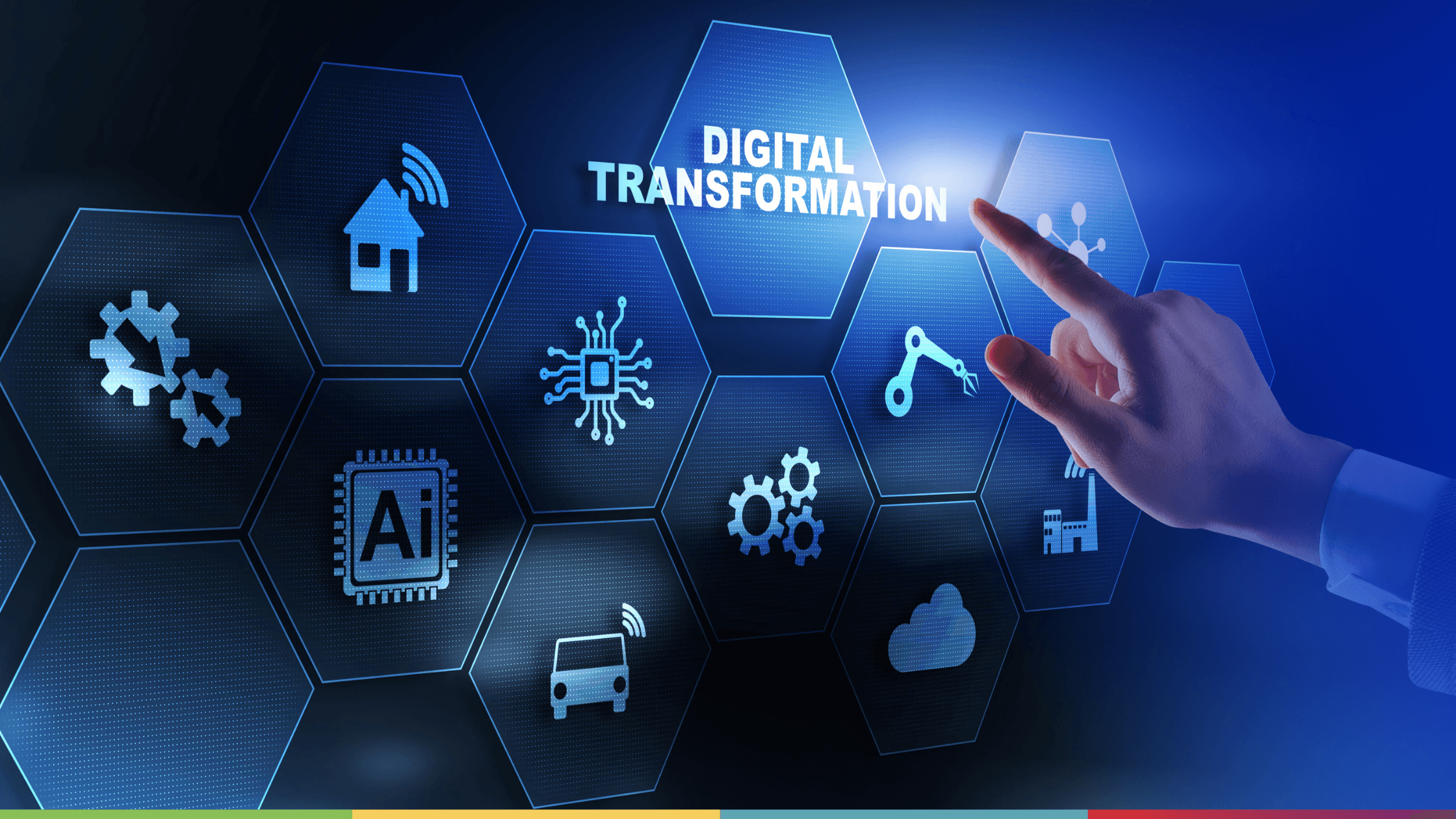We live in wonderful times, do not you think?
Technological change is happening every day, and with it comes new incredible opportunities and challenges that we can embrace, solve, or simply contemplate from afar.
Digitalization is not a concept from the future, and it is no longer possible to talk about it in a hypothetical tone. One of the many beauties of the 21st century is the transformation of things that were once so traditional and untouchable – our homes are smart, many of us are starting to drive self-driving cars, our refrigerators know what’s missing inside, and we talk to chatbots instead of humans. Unimaginable things are happening today.
Various sectors, from automotive to healthcare to education (among many others), are being greatly impacted by digital advances, and we as businesses have two choices: move or die.
By move, we mean: THINK DIGITAL FIRST.
Today’s businesses are highly dependent on social, economic, political, and technological changes around the world. Today we will focus on the technological impact and analyze in more detail how we can all improve our attitude towards all these changes to help grow our businesses.
The change is happening with or without you.
Sounds a bit harsh, does not it? But it is true. All the development we are witnessing now is the result of hard work that started many, many years ago. The train is moving, and at this point we all have to make the decision whether to follow this progress or stay behind.

Do not fear the risk. Experiment!
Taking risks is a common practice among business owners. The newer the technology, the bigger the investment, the bigger the crash (if there is one). But also… the return on investment is greater, and the view from the top is getting better.
On the one hand, you have incredible opportunities; on the other hand, the risk is great.
Our advice: do not focus too much on it. Follow the motto “learn fast, fail fast” The faster you adapt yourself and your business, the faster you will learn and achieve interesting results. Always experiment and never settle for a less desirable outcome.
At LOAD, for example, we break the problem down into small pieces and from there explore different possible approaches until we have a product that can be easily adapted to the ever-changing needs of the market. This way, we minimize risk, but can still approach it with our heads held high.
Focus on adding value to your customer experience.
We all want our business to flourish, do not we? That’s why we go where our customer needs us most.
Listen to what they have to say to you.
Our customers – and probably yours – demand faster, more flexible, more adaptable, and more convenient products and services. They want to spend as little time as possible understanding how to use them, they need these products to solve their problems quickly, and they are willing to pay for them if what you offer meets all their criteria.
Regardless of what your main business is, we all know that digital innovations often offer convenient solutions, and that’s the top priority for many consumers.
What can help you to “Think Digital First”?
Think of your business as global.
Digital thinking is about a global vision and approach to all your business activities and areas. Start with yourself and consciously turn to all other departments. Great managers are gradually becoming aware of all the changes taking place around the globe. For this reason, for example, it’s important to be technologically savvy to identify new, innovative, and interesting opportunities. But also think about the entire digitization process that is coming to your company and realize which employees you will need most on your side, what skills they will need to acquire, which departments will change completely, and which employees you may need to hire to make the leap from where you are now to where you want to go.
Get an idea of what technologies you need to implement and ask for help if needed. There are many consultants who can help you find a handful of practical, budget-friendly, and viable solutions.
Be comfortable with technology.
Accept the fact that in our age of digital revolution, we need to not only talk about technology but also use it effectively and apply all sorts of wonders in our daily lives (professional or otherwise). For example, educate yourself about data privacy and the digitization process. Knowing about a topic reduces the fear of change.
Take part in the conversation.
Dialog should be with you or around you. Never away. Join the various discussions on social media, in forums, at events, etc. Technology may be a big part of our lives today, but it has not taken away the incredible power of connecting with others. It’s not just about opening doors and creating new business opportunities, but it also helps you understand your customers, their needs, and the trends of the future. A well-informed professional is always more trustworthy.
Agile mindset.
These fancy new terms, right? We will get into some of them in more detail shortly, but for now, let us talk about the basic principles of an agile mindset. It’s exactly what the name implies: it’s about being adaptable, flexible, and able to respond quickly to change. Agile methodology is a process where all tasks and deliverables can be continuously improved and enhanced by the teams involved. With well-trained colleagues and the right attitude, incredible results can be achieved.
You can find a lot of information on this topic on YouTube, for example. If you are curious, check out this video by clicking on HERE, but there is much more out there! Have fun exploring.
Design thinking process.
Ah! Another one.
In a nutshell, design thinking is a practical and creative process that is about better understanding the end user of a product/service and finding solutions to the problems at hand. It is not about making fancy drawings, but about drawing and mapping the basic principles of a future product. It helps the team to understand the user, the concept and the process and shows alternative solutions and strategies that are not immediately obvious at first sight.
Collaboration.
It is the age of collaboration – a collaboration with competitors, colleagues, and customers. That’s right, there are so many creative solutions you can come up with when collaborating with such third parties. You can learn from your competitors, strengthen yourself with like-minded people, and have a more accurate insight into the proximity of your customers.
Digital transformation has presented us with many challenges as global citizens and will continue to do so. We have had to learn more, change careers, and learn to adapt quickly to new realities. But it has also brought us many great opportunities: New businesses have emerged, more jobs have been created, and more capital has been invested in companies once considered hopeless that are now in the spotlight. A whole range of strategies are needed to respond to the emerging struggles and opportunities of AI, Big Data, and many others. Governments should have support programs ready for companies and individuals. But nothing can be done right without the right mindset.















